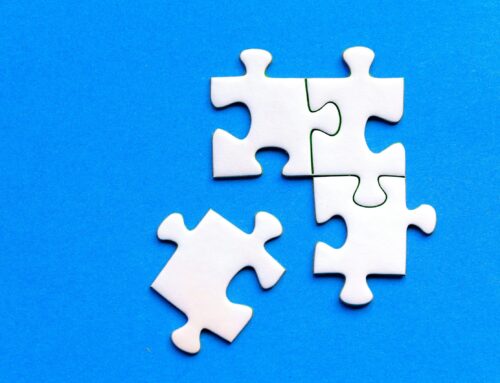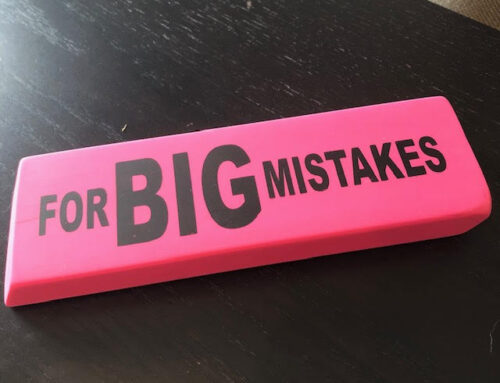Google CEO, Sundar Pichai, has a smart way to respond to challenges in his working life. “More than the problem, “he says, “it’s my reaction to the problem that creates chaos.”
In other words, it’s not the traffic jam but our reaction to the traffic jam that causes so much upset and throws a wrench into our day.
Why is our reaction to a problem often more incendiary than the actual, or perceived, problem itself?
(And what good will this understanding do when you’re stuck and going nowhere fast?)
Knowing how to respond to a need rather than react to a trigger is the first step to navigating any sort of challenge we encounter, whether it’s a difficult conversation or even a traumatic event.
This is why we rely on the “Emergency Response Teams” and “first responders” — not “Emergency Reaction Teams”.
While on the surface, these words, respond and react, appear similar, there is an important distinction between them.
When we are reacting, we are not typically modeling the best version of ourselves because reacting is a defense mechanism.
A reaction is emotional, instinctual, and not tied to reason. How we react to something may not always align with our values. A reaction is often driven by fear and even bias.
The more we react, the less empowered we are because we are giving away our power to other people or the situation at hand. Think of you how you may feel at your children’s sporting events and how easy it can be to get lulled into the “blame the refs!” mentality.
Responding, on the other hand, is driven by conscious thought and based on our core values. When we respond instead of react, we tap into our self-awareness and emotional intelligence to consider the long-term effects of what we say and do. Responding enriches our relationships and experiences.
“Reactions are always instinctive, whereas responses are always well thought of…to save a situation from going out of hand, to avoid cracks in a relationship, to avoid making decisions in anger, anxiety, stress or hurry. This is a beautiful way to understand life. See the need and respond to the need.” – Sundar Pichai
Granted, this type of measured response can be a challenge “in the moment”.
Here are three ways we can help ourselves to respond the next time it would be easier to react.
- Notice
We all have “buttons” and it’s important to know our own triggers, so we can recognize when they are about to throw us off our game. Is it someone questioning your process for doing a task, or undermining your authority in a certain situation? Know what triggers you, so you have a built-in awareness and are ready to acknowledge the shift in mindset telling you trouble (whether real or perceived) is imminent.
- Pause
We already know our brains are not equipped to multitask. So, it becomes all too easy for our brains to react, rather than respond, when we become singularly focused on a trigger. (This knowledge is helpful when we truly are in a life-or-death situation and need to react quickly; less so when it would be best to avoid saying something we may regret). Instead of letting your temper flare and reacting immediately, take a four-second pause to see the outcome you want to get to. This will help you naturally respond to the need at hand, rather than the trigger itself.
In his new book, Greenlights, actor and writer, Matthew McConaughey describes his practice of waiting for the “green lights” in life — these are the signals telling us we can move forward when we see them — but at the same time, recognizing the importance of appreciating all the yellow and red lights; there to slow us down, so we can take time to absorb what life is teaching us.
- Choose
Ultimately, you are responsible for your choices. And you have the ability to choose your responses too. Think of “responsibility” as “response-ability’. This is what differentiates us from animals who must react to life or death situations. Recognize you have the ability to convert threats into challenges and respond accordingly.
How will you respond the next time you want to react?
Related: Watch a technique you can use to make all your conversations productive and effective








Leave A Comment